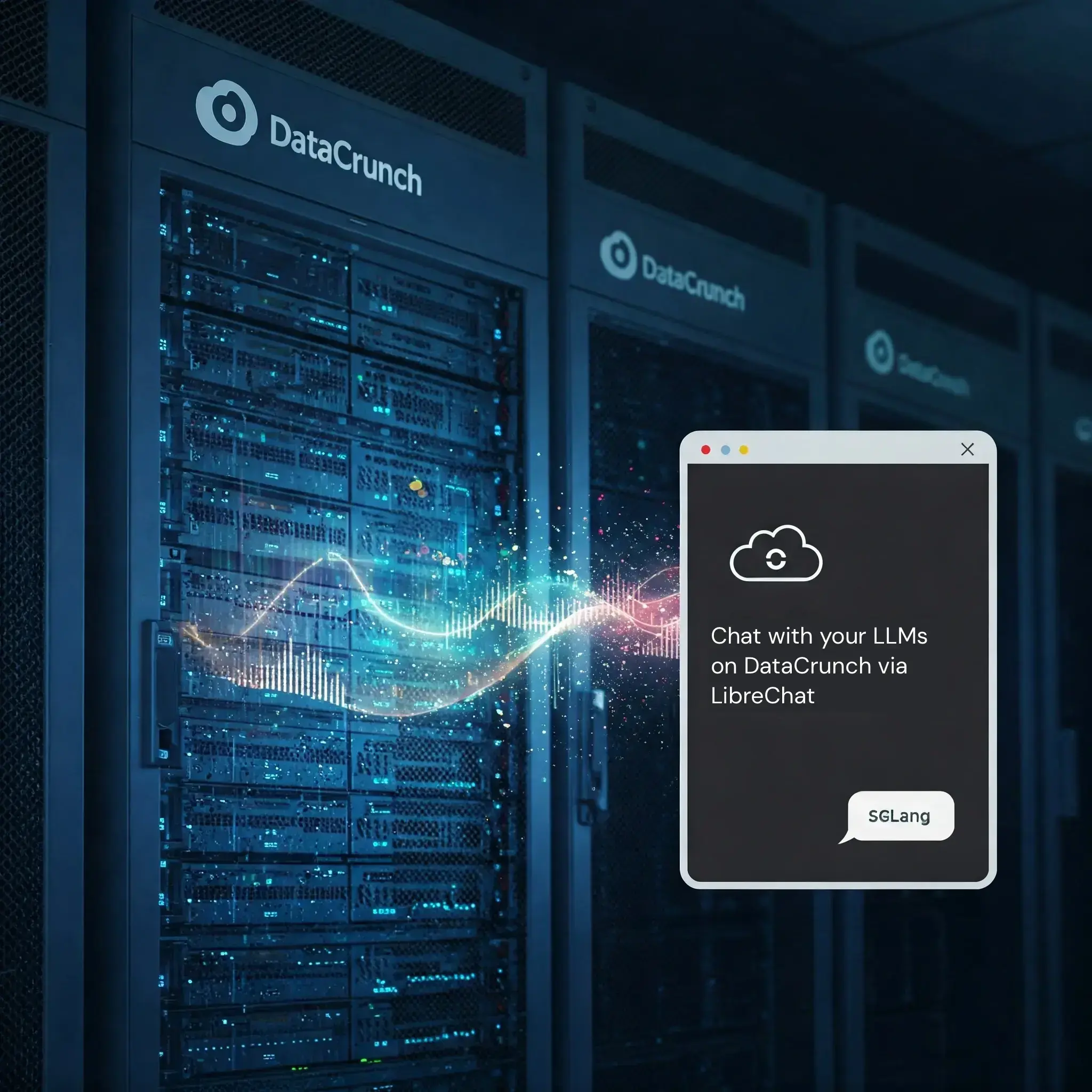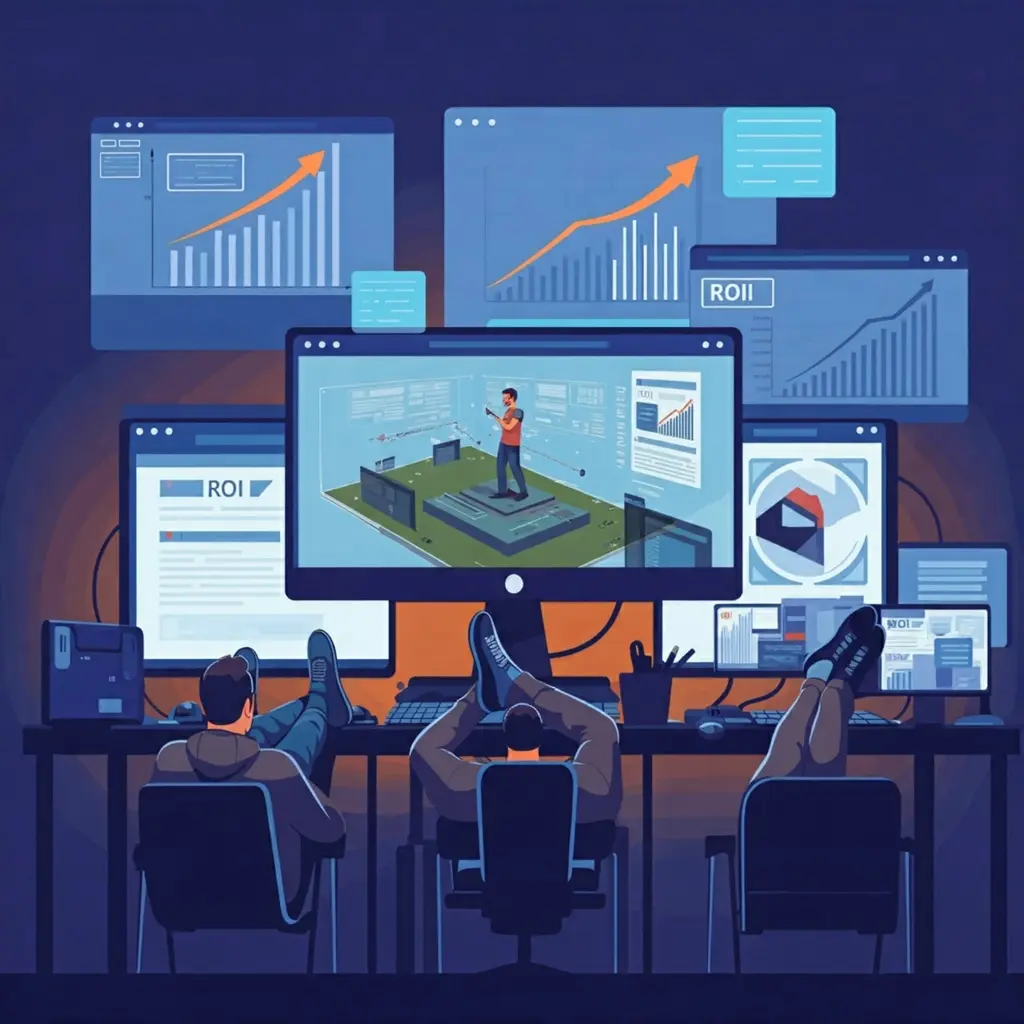Platform Engineering Reference Architecture

Introduction
In the rapidly evolving technological landscape, organisations need a robust framework to streamline software development and operations that moves beyond cloud native and DevOps. Platform engineering offers a comprehensive approach to designing and managing platforms using platform engineering principles. This reference architecture aims to provides a blueprint for building an efficient, scalable, and secure platform that empowers developers and accelerates software delivery.
The Evolution from Cloud Native to Platform Engineering
While cloud native provided scalability and flexibility, it often introduced complexity that hindered developer productivity. Platform engineering addresses these challenges by having engineers that focus on developer experience and abstracting away the underlying complexities to offers a unified platform with self-service capabilities.
Platform Engineering Reference Architecture Overview
This reference architecture outlines some of the key components of a platform and their interactions. It serves as a guide for organisations that meets business and developer needs.
Core Components of the Architecture
-
Development Layer
- Version Control: Dedicated repositories for applications and the platform components.
- Workloads: Workload specifications.
- Developer Portals: Centralised platforms for documentation, tutorials, and support resources, enhancing the developer experience.
-
Integration Layer
- Infrastructure as Code (IaC): Tools like Terraform define and manage infrastructure declaratively.
- Workflow Automation: Pipelines automate build, test, and deployment processes.
- Policy Enforcement: Automated compliance checks and governance policies are enforced across the platform.
-
Observability Layer
- Monitoring Tools: Prometheus, Grafana, or CloudWatch provide real-time system monitoring.
- Logging Solutions: For example the ELK Stack (Elasticsearch, Logstash, Kibana) to centralise logging.
-
Security Layer
- Secret and Identity Management: The secrets manager stores configuration information such as database passwords, API keys, or TLS certificates needed by an Application at runtime and can be referenced so that the secretes get injected at runtime.
-
Resource Layer
- Infrastructure: This layer is where the actual resources get deployed and configured such as Kubernetes clusters, databases, storage, or DNS services. The configuration of the Resources is managed by Terraform which dynamically creates app and infrastructure configurations with every deployment and creates, updates, or deletes dependent Resources as required.
Architectural Diagram
Below is an overview of the platform engineering reference architecture:

Implementation Guidelines
To successfully implement this platform engineering reference architecture, organisations should consider the following steps to ensure an excellent developer experience (DX):
-
Prioritise Developer Needs
Developers are the primary users of the platform. Involve them in the design process, feature prioritisation, and testing phases. The platform should offer a “golden path” that simplifies their workflow without restricting flexibility. By focusing on real developer needs, the platform becomes a valuable tool rather than an imposed constraint.
-
Treat the Platform as a Product
Establish a dedicated central team responsible for the platform, much like a product team. This team should ensure the platform is easy to use and continuously evolves to meet developer requirements. By adopting a product mindset, the platform remains aligned with organisational goals and user needs.
-
Encourage Decentralised Contributions
Relying on the platform team alone for platform development doesn’t scale. Instead, adopt an “open-source” model where teams across the organisation can contribute to the platform. This approach leverages collective expertise and creates ownership of the platform outside of the platform team.
-
Define Success Through Usage
The platform’s success should be measured by its adoption. Aim to build the platform in a way so that developers choose to use it voluntarily. Monitor metrics like daily active users, contributions from various teams, and feature utilisation.
-
Measure Impact with Clear KPIs
Establish key performance indicators (KPIs). For example, measure the time from idea to deployment or track new developers’ onboarding times. These metrics help in assessing productivity gains and identifying areas for improvement.
-
Leverage Existing Capabilities
Integrate tools and technologies already adopted within the organisation, such as CI/CD pipelines, backlog management systems, and container platforms. This approach maximises existing investments and eases the transition for developers familiar with these tools.
-
Build Capabilities Early
Develop platform engineering skills within your teams from the beginning. Provide curated learning paths for both consumers (developers using the platform) and providers (teams integrating services into the platform), this ensures sustainable growth and platform maturity.
-
Promote the Platform Internally
Foster an engineering culture that embraces the platform. Organise events like hackathons, demo days, or plugin development sessions that encourage adoption and contribution. Identifying platform champions within teams can help in spreading awareness and best practices.
-
Manage Organisational Change
Recognise that implementing platform engineering is as much about organisational change as it is about technology. Establish strong governance, cultivate a collaborative culture, and adjust operating models to support platform adoption effectively.
-
Think Big, Start Small
While it’s essential to have a long-term vision for the platform, begin with a minimum viable product (MVP) focused on a specific use cases or teams. This approach allows for early feedback and iterative improvements while laying the groundwork for future scalability.
Benefits of This Reference Architecture
- Enhanced Developer Productivity: Self-service interfaces reduce wait times and empower developers.
- Scalability and Flexibility: Modular components allow the platform to scale with organisational growth.
- Improved Security and Compliance: Integrated security practices ensure adherence to standards and reduce risks.
- Operational Efficiency: Automation reduces manual tasks, minimising errors and freeing up resources.
- Cost Savings: Optimised resource utilisation leads to reduced operational costs.
Conclusion
This platform engineering reference architecture provides a comprehensive framework for organisations looking to evolve beyond traditional cloud computing. By implementing this architecture, organisations can build internal platforms that streamline development processes, enhance security, and promote scalability. Embracing platform engineering positions your organisation to meet current challenges and adapt to future technological advancements, ensuring sustained success in a dynamic digital environment.
Ready to take the next step in your platform engineering journey? Our team of experts is here to help you navigate the complexities of building and evolving cloud-native platforms. We’ll work with you to set up a platform engineering team tailored to your organization’s needs, ensuring your platforms achieve the maturity required for long-term success. Contact us today to unlock the full potential of your cloud-native platforms.









